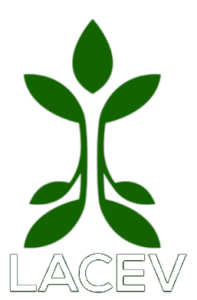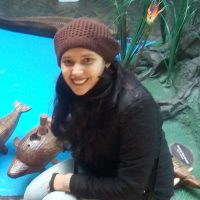TITLE
The biological concept of stress revisited: relations of stress and memory of plants as a matter of space–time
ABSTRACT
All biotic and abiotic factors can act as stressors as surveyed here. In 1973 H. Selye has introduced a “biological stress concept” in medical science, which was subsequently adopted in plant biology and physiological ecology. Depending on the strength of stressors and the duration of their action, there is stimulating eustress and destructive distress. According to the stress concept the onset of stress elicits an alarm phase, which then leads the living systems into phases of recovery, hardening and resistance in the case of eustress and of exhaustion in the case of distress. Additionally, de-hardening and repair phases can be expressed. Stressors can also induce memory by priming living organisms or by being stored and recalled for recurrent events of stress. Moreover, the biological clock is involved. The dynamics of the phases, the bridges of the memory and the recordings of the clock underline the deeply fundamental role of time in the performance of living systems under stress. However, this performance is embedded in space, i.e., at the levels of organization of both the organisms and their environment at a range of spatial scales. We need space as a dimension additional to time, where time and space are correlated. In this essay we, therefore, advance the rendition to a “space–time biological stress concept”. The time dimension is widened by adding memory of recurrent events. The correlated spatial dimension is added by considering different levels of organization.
AUTHOR
- Doutoranda do PPG em Fisiologia Vegetal - UFPEL
Yutcelia Galviz, Gustavo Maia Souza e Ulrich Lüttge
JOURNAL
SpringerLink
- DOI
- 10.1007/s40626-022-00245-1
URLS
https://link.springer.com/article/10.1007/s40626-022-00245-1


